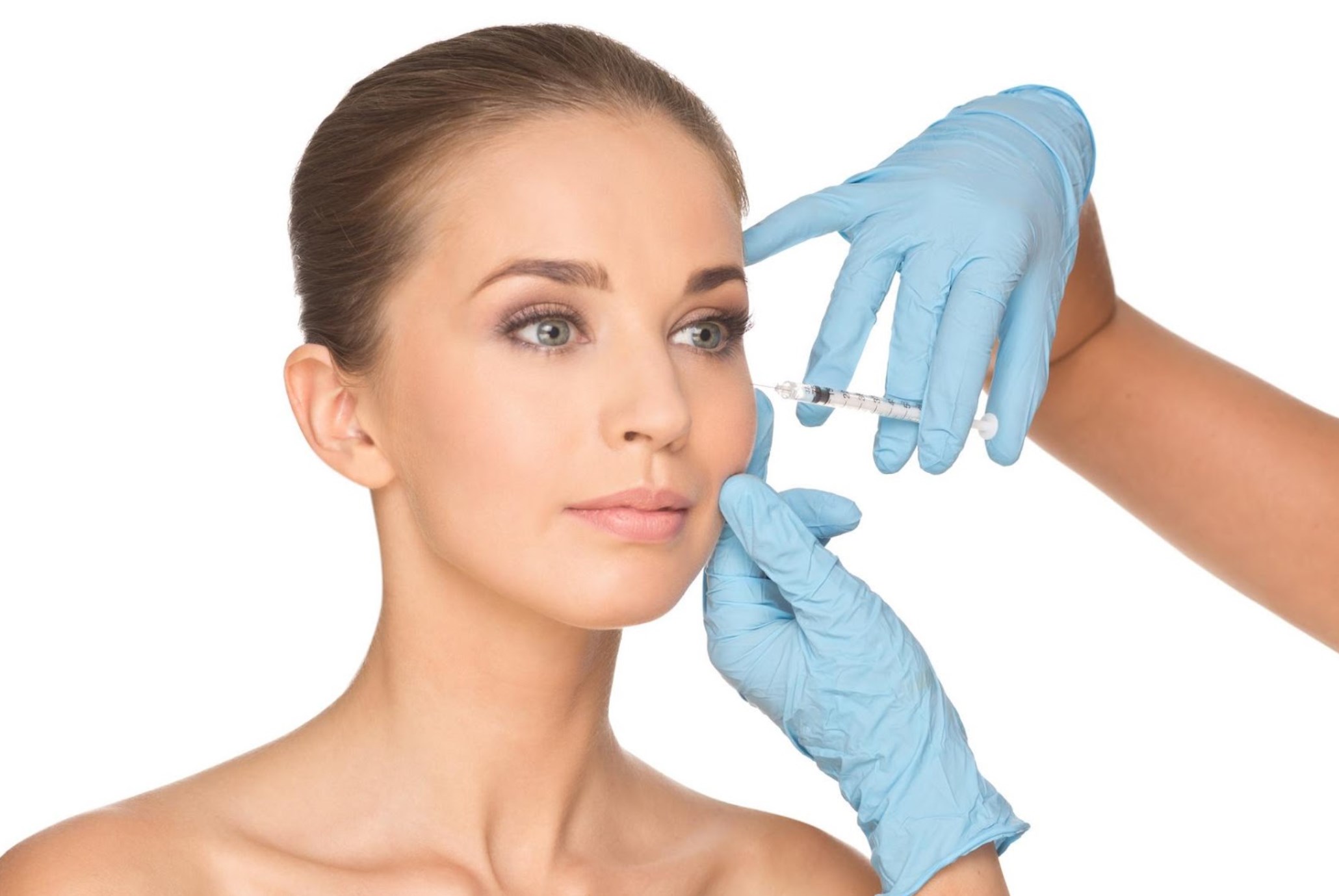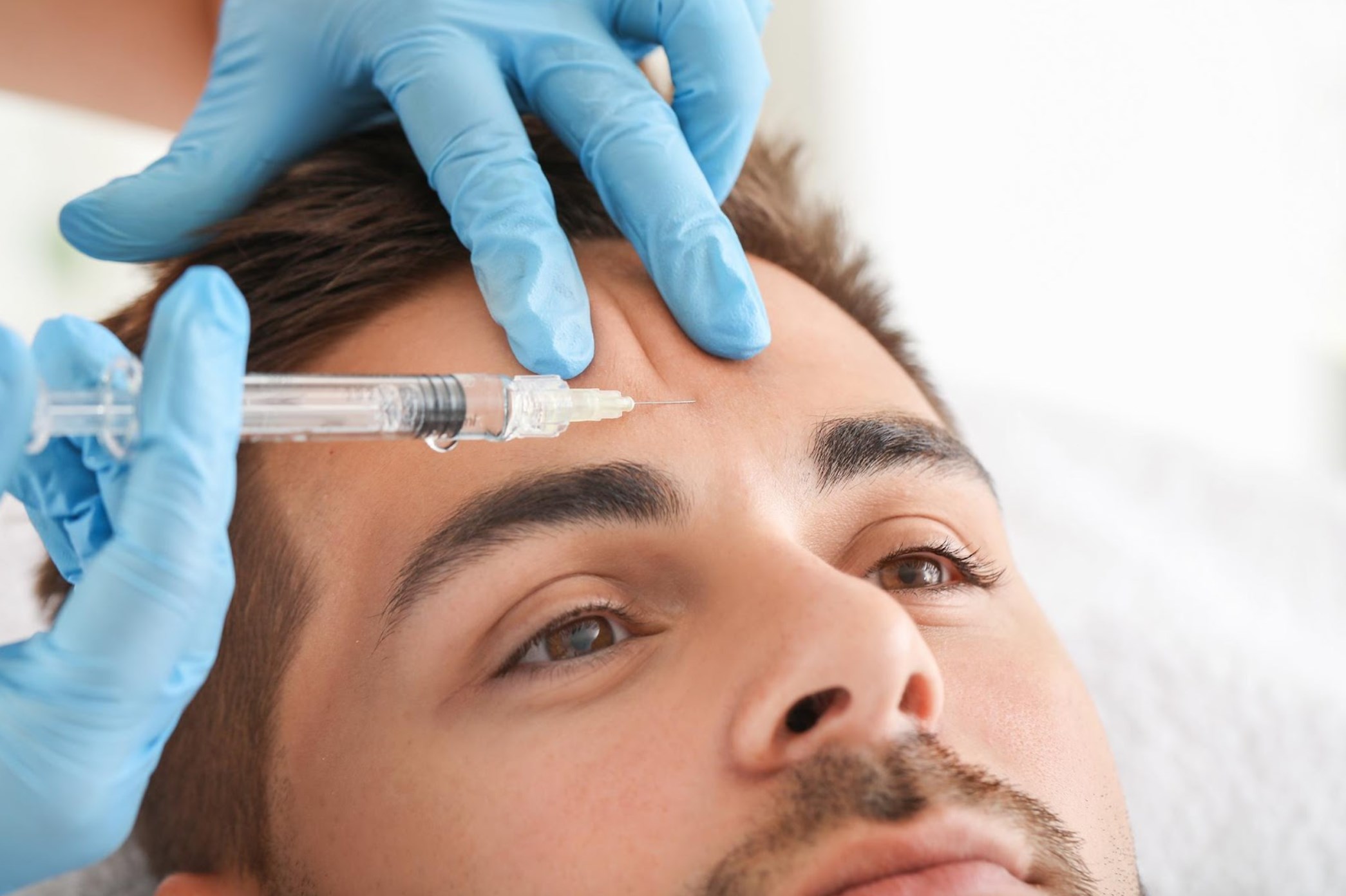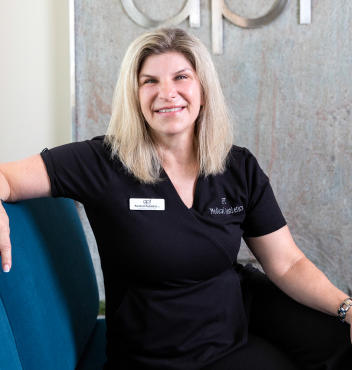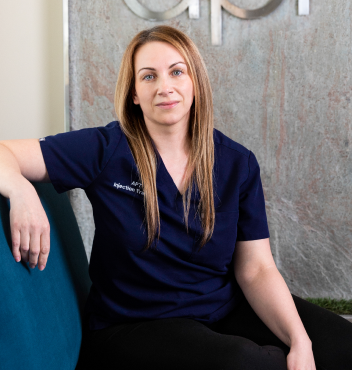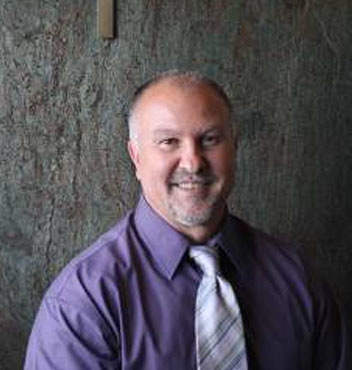blog
Lip Filler Migration – The Common Complication Every Injector Needs to Master

Jun 23 2025
Reading Time: 7 Minutes
Author:
Perfect lips—plump, symmetrical, and elegantly shaped—remain one of the most popular aesthetic requests in clinics across the Greater Toronto Area and beyond. From first-time patients seeking subtle hydration to experienced clients desiring definition and lift, lip fillers continue to dominate the world of cosmetic injectables.
But what happens when that picture-perfect pout starts to change? When the crisp vermilion border becomes blurred, volume appears above the upper lip, or the mouth takes on that tell-tale “duck lip” or puffy shelf appearance?
This is where one of the most misunderstood and frequently debated complications in aesthetic medicine takes center stage—lip filler migration.
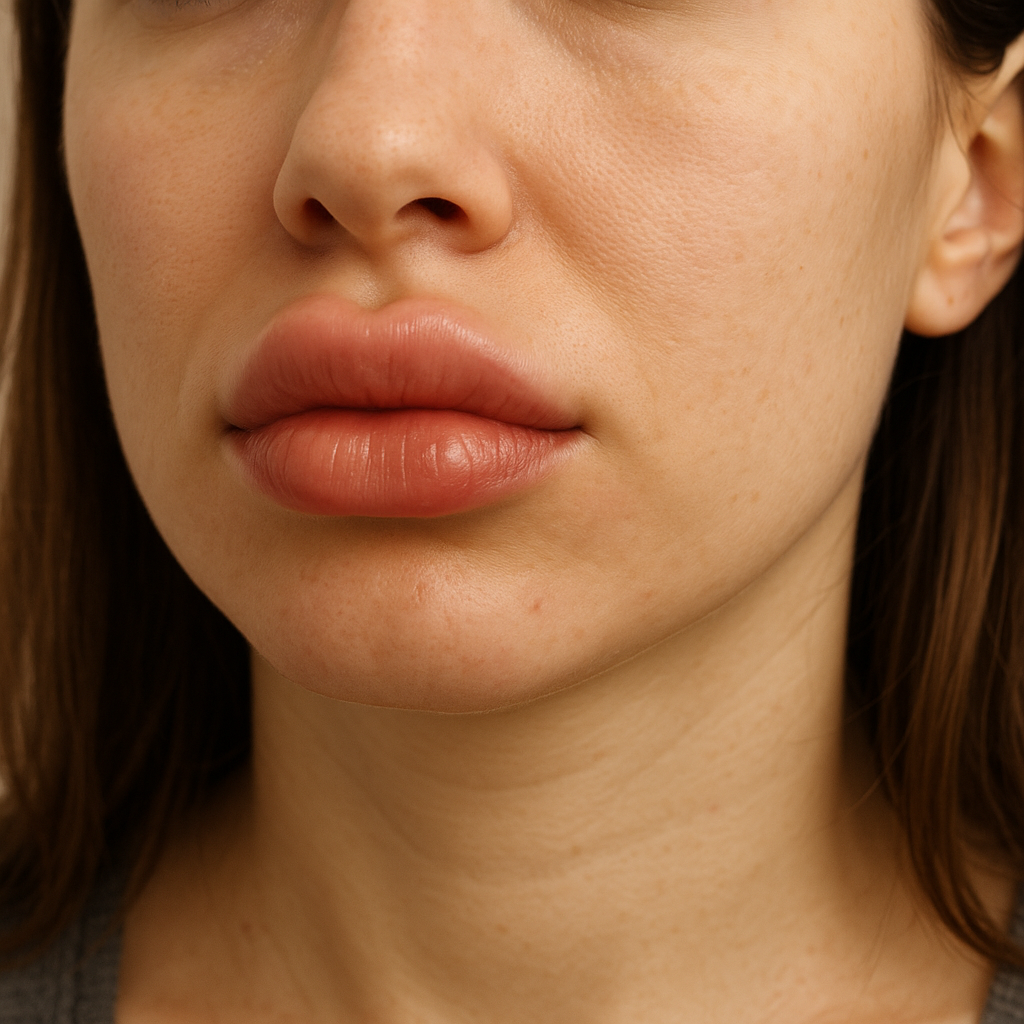
All images used under license from Canva. © APT Medical Aesthetics, 2025. All rights reserved.
Migration is more than just an aesthetic issue. It’s a clinical red flag and a professional challenge that can affect patient confidence, treatment outcomes, and your long-term credibility as an injector. And with today’s patients turning to social media, reviews, and before-and-after photos to choose their provider, the stakes are higher than ever. Every syringe, every technique, and every result contributes to your personal and professional brand.
Whether you’re a nurse injector with years of hands-on experience or a newly trained healthcare professional entering the world of injectables, understanding the root causes of migration—and knowing how to prevent it—is essential. It’s not enough to master lip filler injection techniques; you must also master clinical judgment, restraint, and ongoing patient education.
In this blog, we’ll break down everything you need to know about lip filler migration – what it is, why it happens, where it occurs, how to recognize it early, and most importantly—how to prevent it from happening in your own practice.
By the end of this read, you’ll not only be more confident in your approach but more respected as an injector who knows how to enhance lips beautifully while keeping your results safe, precise, and natural-looking. Because in aesthetic medicine, it’s not just about what you add—it’s about knowing when to stop.
A Cautionary Tale – When More Isn’t Better
One of our students at APT Injection Training recently shared the story of a patient who came in asking for a “touch-up” on her lips. She had been receiving filler for over two years at another clinic and felt like her top lip was beginning to look “puffy.” When we examined her, it was clear—filler had migrated into the surrounding tissue, blurring her natural lip border and causing volume above the vermilion line.
She thought it was time for “just a bit more,” but what she really needed was a dissolving agent and a fresh approach.
This case is far from rare. In fact, lip filler migration is one of the most common aesthetic missteps—often caused by repeated overfilling, poor injection technique, or lack of anatomical understanding. With proper training and patient education, it’s a preventable outcome.
What is Lip Filler Migration – Understanding the Mechanism
Lip filler migration occurs when injected hyaluronic acid product moves—or spreads—beyond the intended area, most often above the upper lip border or below the lower lip line. Instead of staying within the defined vermilion zone, the filler leaks into surrounding tissue, leading to the following.
- Blurring of the lip line
- Bulging or “duck lip” appearance
- Asymmetry or unnatural shape
- Stiffness around the mouth
Migration doesn’t always happen immediately. It can occur weeks or even months after a treatment, especially in cases where the lip has been overfilled or improperly injected over multiple sessions.
In severe cases, the only correction is hyaluronidase (a dissolving enzyme), followed by a long waiting period before re-treatment.

All images used under license from Canva. © APT Medical Aesthetics, 2025. All rights reserved.
Why Lip Filler Migration Happens – The Top 5 Causes
Preventing migration starts with understanding its root causes. Here are the five most common reasons lip filler migrates.
- Overfilling the Lips
The lips have a limited capacity. Repeatedly injecting filler into a tight, over-saturated space leads to tissue stretching and product migration. - Incorrect Injection Plane
Superficial injections or improper depth can cause filler to sit in the wrong tissue plane, making it more likely to spread over time. - Using the Wrong Product
Not all HA fillers are designed for the lip’s delicate tissue. Choosing high-viscosity or high-cohesive products can cause unnatural stiffness and spread. - Frequent “Top-Ups”
Patients requesting touch-ups every few months may accumulate product that hasn’t fully metabolized, leading to long-term distortion. - Lack of Anatomical Precision
Poor understanding of the lip’s vascular and muscular anatomy can result in misplaced product or complications like lumps, asymmetry, or vascular occlusion.
Ask Yourself This – Are You Injecting for Shape or Just Size?
Too often, injectors equate volume with improvement. But lips aren’t just about size—they’re about proportion, harmony, and structure.
Before every lip treatment, ask yourself the following.
- Am I respecting the patient’s natural lip anatomy?
- Is the lip tissue healthy, mobile, and within normal volume?
- Will this injection enhance shape—or just add bulk?
If you can’t confidently answer “yes” to all of these, it may be time to pause and reassess your approach. In aesthetic medicine, restraint is just as important as skill.
The Role of Education – Why Proper Training Prevents Complications
At APT Injection Training, we’ve seen firsthand how high-quality education changes the trajectory of an injector’s career. Learning from experienced clinicians in a hands-on environment doesn’t just teach you where to place the needle—it teaches you why.
Our students complete their training with the below.
- A deep understanding of lip anatomy and vascular mapping
- Clinical reasoning behind product selection and technique
- Experience with both needle and cannula approaches
- Knowledge of complication management, including migration and hyaluronidase use
- The confidence to say no to overfilling—and to educate their patients on long-term lip health
When you combine knowledge with ethical practice, your outcomes speak for themselves—and your patients will thank you for it.

All images used under license from Canva. © APT Medical Aesthetics, 2025. All rights reserved.
FAQs – Common Questions About Lip Filler Migration
Can lip filler migration be reversed?
Yes, in most cases. Hyaluronidase (an enzyme that dissolves HA-based filler) can be used to reverse the effects. However, patients may need to wait several weeks before re-treatment.
How can I tell if filler has migrated?
Look for signs such as an undefined upper lip border, bulging or puffiness above the lips, or asymmetry that wasn’t present at baseline. Photos and thorough documentation help track subtle changes over time.
Does migration always mean the injector made a mistake?
Not necessarily. Some migration can occur even with proper technique, especially in patients with loose perioral tissue or high filler turnover. However, the risk dramatically decreases with proper assessment, spacing of treatments, and appropriate product choice.
Where Technique Meets Trust – How to Prevent Lip Filler Migration
If you’re looking to build a thriving practice that prioritizes long-term results and patient satisfaction, prevention should be your goal—not correction.
Here are some best practices for preventing lip filler migration.
- Always assess skin and lip tissue for elasticity, volume history, and potential migration
- Avoid injecting into previously overfilled areas until fully dissolved
- Use softer, low-viscosity HA products specifically designed for lip tissue
- Respect the natural vermilion border—stay within anatomical limits
- Space treatments 6–12 months apart unless correction is clinically indicated
- Be honest with patients about what is possible vs. what is popular
When you apply these principles, you don’t just create better results—you create a reputation for excellence, safety, and integrity.

All images used under license from Canva. © APT Medical Aesthetics, 2025. All rights reserved.
Build Your Skill Set with the Experts at APT Injection Training
As the medical aesthetics industry continues to expand rapidly across Ontario and the Greater Toronto Area, so do patient expectations. Today’s clients are more informed, more discerning, and more committed to finding providers who offer more than just aesthetic improvements—they want clinical expertise, transparent communication, ethical judgment, and a long-term approach to care.
To stand out in this competitive landscape, injectors must go beyond trend-based techniques. You need to master the fundamentals, sharpen your anatomical knowledge, and build the confidence to prevent, identify, and manage complications like lip filler migration. That level of professional growth doesn’t come from YouTube videos or weekend crash courses—it comes from hands-on mentorship, guided practice, and comprehensive education from industry leaders.
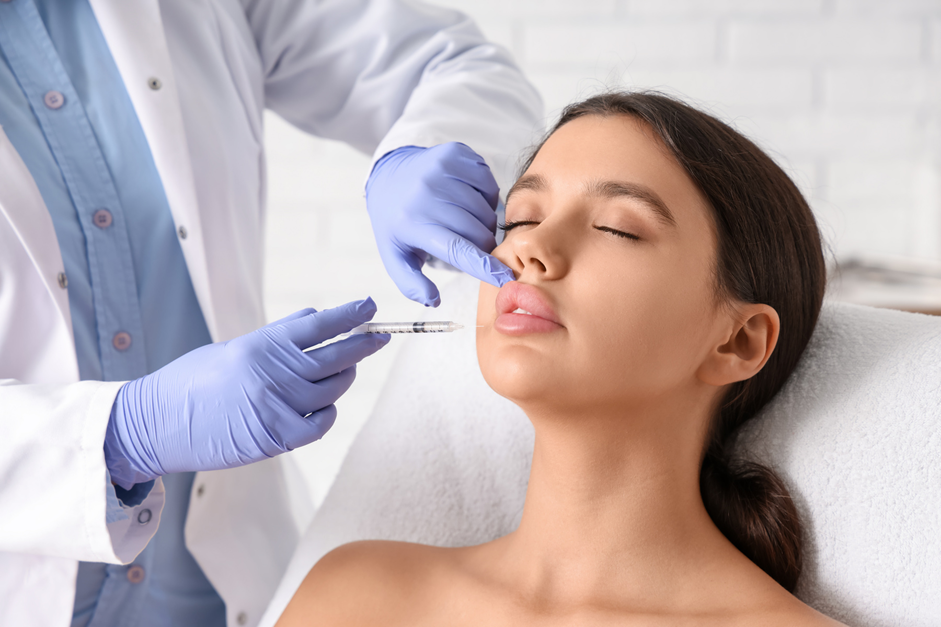
All images used under license from Canva. © APT Medical Aesthetics, 2025. All rights reserved.
At APT Injection Training, we’ve built our reputation on delivering just that. Our training programs are tailored for regulated healthcare professionals—including nurses, physicians, and dentists—who are looking to elevate their practice in medical aesthetics. Whether you’re just beginning or looking to refine your advanced skills, our curriculum is designed to meet you where you are and take you where you want to go.
Here’s what you can expect when you train with us.
- A 2:1 trainee-to-trainer ratio to ensure you receive personalized guidance, hands-on coaching, and immediate feedback every step of the way
- Comprehensive anatomy education focused on facial mapping, injection depth, danger zones, and vascular awareness to optimize outcomes and reduce risk
- Live model injection practice so you can translate theory into real-world results while gaining experience in treating the lips, cheeks, chin, jawline, and more
- Advanced training modules that cover everything from product selection and assessment techniques to complication management and dissolving protocols
- Mentorship from award-winning clinical trainers who bring over 20 years of real-world experience, practical insight, and a passion for safe, ethical aesthetics
When you train with APT Injection Training, you don’t just learn how to inject—you learn how to lead. You become the kind of injector who prioritizes patient safety, embraces continuous learning, and delivers results that build loyalty, trust, and professional growth.
If you’re ready to deepen your clinical knowledge, enhance your injection skills, and join a community of forward-thinking injectors across the GTA, we’re here to help you take the next step.
Train with confidence. Treat with integrity. And become the injector patients trust with their most visible asset—their face.
📞 (289) 271-5718
✉️ info@aptinjectiontraining.com
🌐 aptinjectiontraining.com
Tips to be a
Successful Injector!
Free E-Book download
 Student Log in
Student Log in
 1267 Cornwall Rd, Unit 300, Oakville, Ontario L6J 7T5
1267 Cornwall Rd, Unit 300, Oakville, Ontario L6J 7T5

 (289) 271-5718
(289) 271-5718


